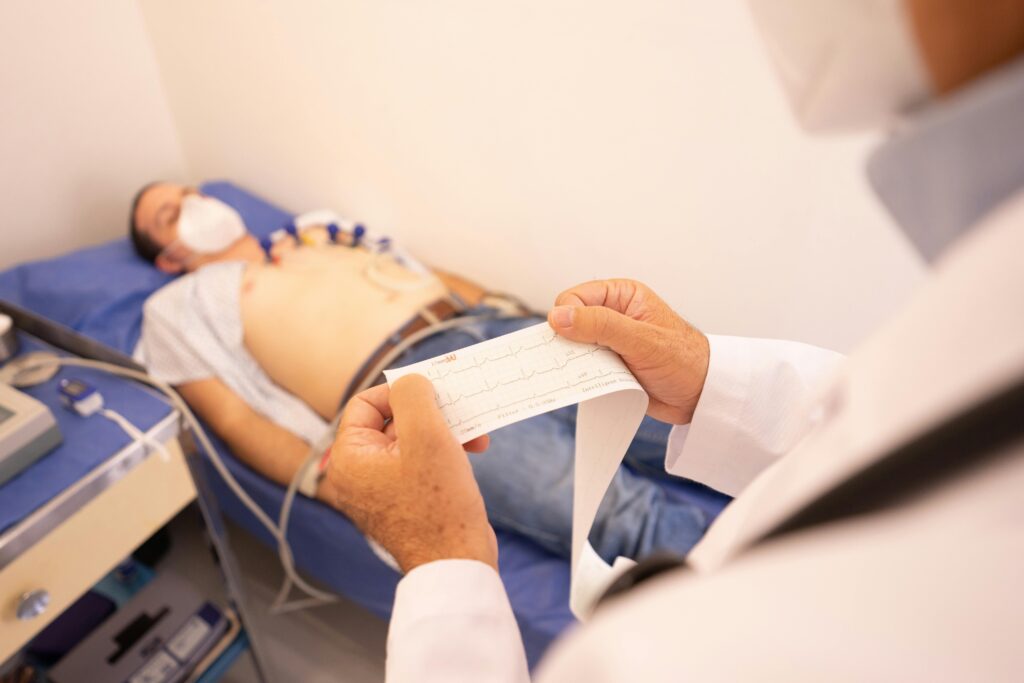New research provides the first personalized risk estimates for serious heart events in women living with Long QT Syndrome (LQTS). The study, co-authored by Dr. Ayhan Yoruk, uses prognostic model from the Rochester Long QT Syndrome Registry and data validation from the Mayo Clinic Genetic Heart Rhythm Clinic. This is the first risk prediction model that provides absolute risk estimates for cardiac events and life-threatening events in women with type 1 or type 2 long QT based on personalized genotype-phenotype data.
What is Long QT Syndrome?
Long QT Syndrome is a heart rhythm condition that can cause fainting (syncope), seizures or sudden cardiac arrest. It’s often inherited and comes in different genetic types. In the study, researchers focused on Type 1 and Type 2 LQTS, the two most common forms.
Why This Study Matters
While doctors have long known that LQTS can be dangerous, we haven’t had precise, individualized tools to predict a woman’s specific risk. This research changes that.
By analyzing genetic and clinical data from 767 women aged 15–60, researchers developed a model that calculates 10-year risk estimates for:
- Cardiac Events (CEs) – such as fainting, aborted cardiac arrest, or sudden cardiac death related to LQTS.
- Life-Threatening Events – including cardiac arrest, sudden cardiac death, or shocks from an implanted defibrillator.
Key Findings
The researchers identified three distinct risk groups based on a combination of:
- Genotype & Mutation Location (the specific gene and where the change occurs)
- QTc Interval Thresholds (how long it takes the heart to reset between beats)
- History of Fainting (Syncope)
- Use of Beta-Blocker Therapy
For Cardiac Events over 10 years:
- Low Risk: ~15% chance
- Medium Risk: ~29% chance
- High Risk: ~51% chance
For Life-Threatening Events over 10 years:
- Low Risk: ~2% chance
- Medium Risk: ~5% chance
- High Risk: ~14% chance
These predictions were validated in an additional 467 women from the Mayo Clinic, confirming the model’s reliability.
What This Means for Patients
For women with LQTS, these findings open the door to more tailored care plans:
- Low-risk patients may require less intensive intervention but continued monitoring.
- High-risk patients may benefit from more aggressive treatments, such as an implantable defibrillator or medication adjustments.
The ability to predict your individual risk means doctors can better guide your lifestyle, treatment, and follow-up care — helping prevent serious events before they happen.
The Heart Rhythm Clinic
If you’re a woman with Type 1 or Type 2 Long QT Syndrome, now is the time to understand your personal risk. Contact Dr. Ayhan Yoruk at The Heart Rhythm Clinic to set up your first appointment.


